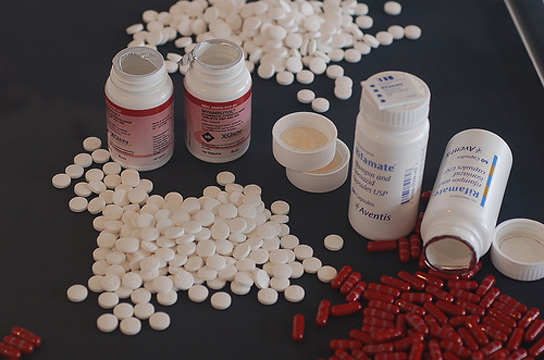
The emergence of multi-drug-resistant (MDR) strains is impeding efforts to control tuberculosis, making combatting the disease more challenging.
According to a new study, more than 40% of tuberculosis infections that are resistant to front-line antibiotic treatments have also become resistant to some common backup drugs. Efforts to control tuberculosis are being hindered by the emergence of multi-drug-resistant (MDR) strains, making it harder to combat.
Researchers published their findings in the journal The Lancet. The MDR strains are resistant to rifampicin and isoniazid, especially in the developing world, where as much as 50% of tuberculosis cases have formed a resistance to these drugs. Alternative treatments are toxic and more expensive, and take a much longer time to fully cure the disease. Developing countries can’t afford the several billion dollars required to effectively combat the disease.

Broad-spectrum antibiotics called fluoroquinolones, amikacin, capreomycin, and kanamycin are among the second-line drugs that the MDR strains are also resistant too. This extensively drug-resistant (XDR) tuberculosis indicates a trend toward infections that will eventually become untreatable.
The critical step involves preventing MDR tuberculosis from turning into XDR tuberculosis. In a recent survey of people diagnosed with MDR tuberculosis, 43.7% were infected with a strain resistant to at least one second-line drug while 6.7% were infected with a XDR strain.
The drug-resistant tuberculosis problem is man-made, because often the drugs used aren’t available or of poor quality. The key to solving it resides in early detection and quick treatment.
Diagnosing tuberculosis can take up to three months, during which the disease can still be transmitted. Treatment regimens must be tailored according to the type of strain an infected patient has contracted. Most of the countries with a high tuberculosis infection rate aren’t equipped for this, since it’s too expensive and logistically tricky to implement with so many infected patients.
However, some countries, like Latvia and Estonia, have managed to stabilize or even reduce their levels of MDR tuberculosis by putting in place stringent control measures.
Reference: “Prevalence of and risk factors for resistance to second-line drugs in people with multidrug-resistant tuberculosis in eight countries: a prospective cohort study” by Dr Tracy Dalton, PhD; Peter Cegielski, MD; Somsak Akksilp, MD; Luis Asencios, MPH; Janice Campos Caoili, MD; Prof Sang-Nae Cho, PhD; Vladislav V Erokhin, MD; Julia Ershova, PhD; Ma Tarcela Gler, MD; Boris Y Kazennyy, MD; Hee Jin Kim, MD; Kai Kliiman, MD; Ekaterina Kurbatova, MD; Charlotte Kvasnovsky, MD; Vaira Leimane, MD; Martie van der Walt, PhD; Laura E Via, PhD; Grigory V Volchenkov, MD; Martin A Yagui, MD; Hyungseok Kang, MD and the Global PETTS Investigators, 30 August 2012, The Lancet.
DOI: 10.1016/S0140-6736(12)60734-X









Be the first to comment on "Tuberculosis Resistance to Backup Drugs Increases"